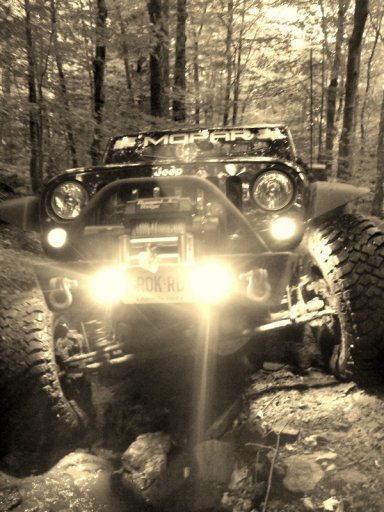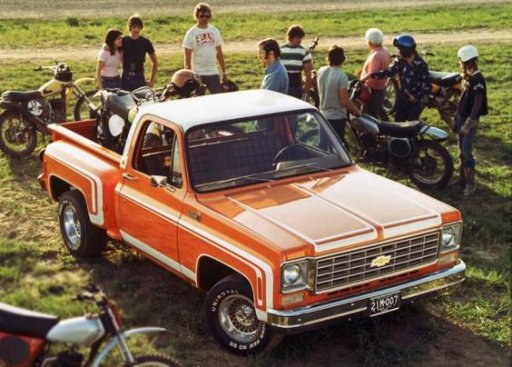
Enthusiast III
Give me a history lesson here guys. Up until the 80's, it seems that most off road tires were short and skinny. Take this video, for instance:
It seems that the Land Rovers were perfectly capable in most off road situations with the tire style of the day. Heck, there's even plenty of footage of Model A's crossing terrain with skinny tires in 2WD that no passenger car would even think of attempting today:
But today, we have tall, wide, beefier tires, like this (shameless photo of my jeep ):
):

Was the adaptation of the taller and wider tires we have today simply due to manufacturing advances and consumer taste, or is there a real benefit to modern off road tire designs? Did off roaders in the 60's and 70's wish they had bigger tires, or did the existing skinny tires suit them well? Was it due to necessity or did it just become "in style"?
Would be cool to see a comparison test between an old Land Cruiser with the original style tires, to one outfitted with modern beefy off road ones. Anyway, just thinking out loud - things that make you go 'hmm!'
It seems that the Land Rovers were perfectly capable in most off road situations with the tire style of the day. Heck, there's even plenty of footage of Model A's crossing terrain with skinny tires in 2WD that no passenger car would even think of attempting today:
But today, we have tall, wide, beefier tires, like this (shameless photo of my jeep

Was the adaptation of the taller and wider tires we have today simply due to manufacturing advances and consumer taste, or is there a real benefit to modern off road tire designs? Did off roaders in the 60's and 70's wish they had bigger tires, or did the existing skinny tires suit them well? Was it due to necessity or did it just become "in style"?
Would be cool to see a comparison test between an old Land Cruiser with the original style tires, to one outfitted with modern beefy off road ones. Anyway, just thinking out loud - things that make you go 'hmm!'







